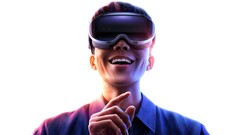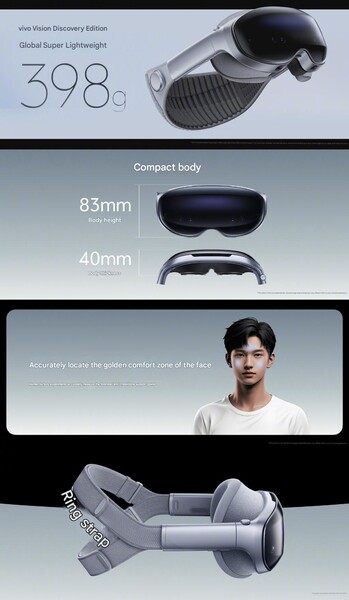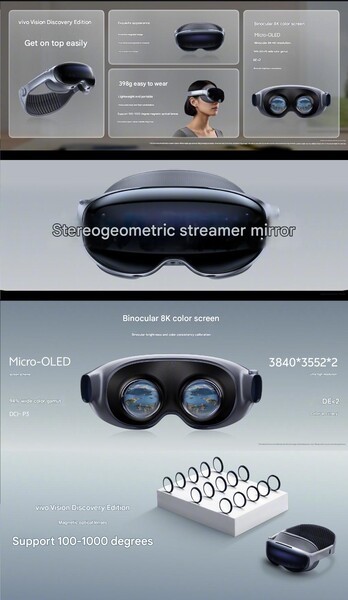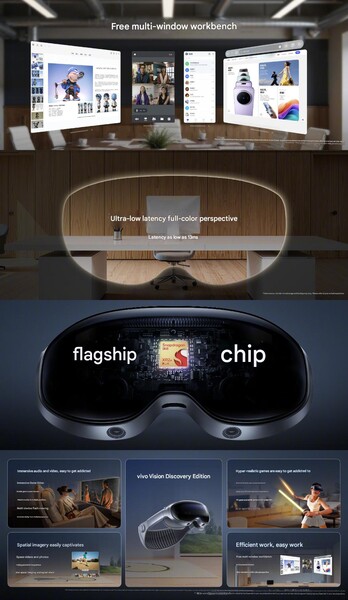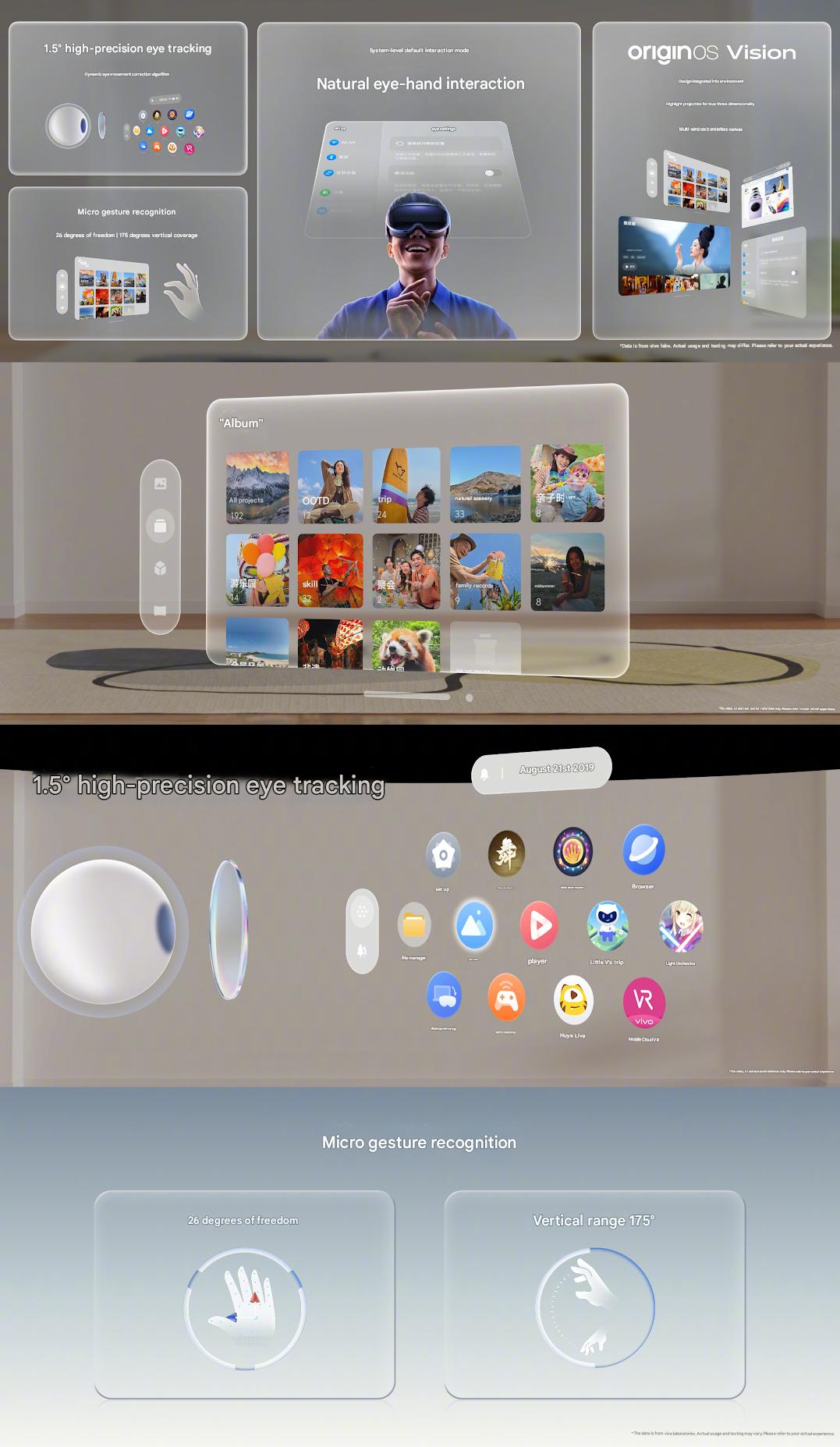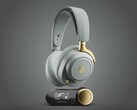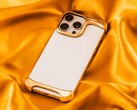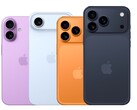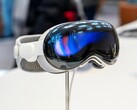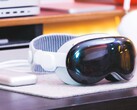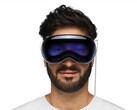Despite Apple's entry into the mixed-reality world, the topics of virtual reality, augmented reality, or Spatial Computing as Apple calls it, hasn’t become part of the mass market just yet. In Apple's case, this may be due to the high starting price, but Meta Quest headsets from Facebook also specifically target gamers, despite their significantly lower prices. The Meta Quest 3S currently sells for $290 on Amazon. Technically, Vivo's newly introduced Vivo Vision headset has clearly been inspired by Apple's model, although the Chinese company has not yet announced final retail prices.
However, it is clear that a significantly lower entry price is planned. Vivo has also not yet provided all technical details and specifications. That said, the dual micro-OLEDs have a combined 8K resolution, with 3840 x 3552 pixels available per eye, which is slightly more than the 3660 x 3200 pixels of the Apple headset. Vivo promises 94% coverage of the DCI-P3 color space, Delta E < 2 color accuracy and an extremely precise alignment of the two lenses to minimize discomfort. The headset is powered by the Qualcomm Snapdragon XR2+ Gen 2 chipset.
40% lighter than Apple Vision Pro
The lower weight compared to the most well-known competitors is particularly impressive. Compared to Apple's 21+ oz headset, Vivo’s 14 oz can be described as truly lightweight. The weight advantage compared to the Meta Quest 3 series is around 20%. Vivo also promotes the headset’s smaller size of 3.27 x 1.57 inches and a ring strap on the back, which is supposed to make the Vision MR headset even more comfortable. 1.5 degrees of eye-tracking precision and a 175-degree vertical tracking range are said to enable natural gesture control with hands and fingers based on OriginOS Vision.
The virtual "IMAX display" that unfolds in front of the wearer's eyes can be up to 118 ft or about 1400 inches large. In addition to entertainment apps such as a virtual movie theater visit or immersive 3D gaming, productive applications are supposedly also supported, and latency is said to be particularly low at 13ms. OriginOS Vision offers a virtual surface with multiple windows that can be freely positioned, similar to Apple. It also supports Spatial Videos and Photos. The headset is not yet available for regular customers but is only available as a Discovery Edition for selected reviewers. It can also be tested in Vivo official stores in China.
Hands-on comparison with Apple Vision Pro
Several hands-on videos of the exciting Apple Vision Pro competitor are available on Weibo and Bilibili. Just like the US product, the face must be measured before wearing it to select the appropriate size of the eye mask. The battery is external, just like with Apple. The hands-on review confirms that the lower weight is a major advantage for the Vivo Vision, partly also because different materials are being used. However, the speakers are also worse, according to the reviewer. Users who wear glasses can use magnetic lenses if they know their prescription.
The hands-on review further shows that Apple's mixed-reality product has an advantage if the interpupillary distance deviates significantly from the average. Apple supports 51 to 75 mm, while Vivo currently supports 57 to 71 mm. Eleven cameras are built into the Vivo headset, seven of which are on the front, two on the bottom, and two internally. The camera quality is said to be on a similar level to Apple's and is generally good, although the darker the environment, the more noisy it gets. According to the video, finger gestures and the options for configuring the virtual space largely correspond to the level expected from Apple. The tester found differences in the system and volume controls, the latter of which is controlled via two physical buttons on the Vivo headset.
3D gaming is one of Vivo's focal points
According to the reviewer’s initial conclusion, the 90Hz display with a maximum brightness of 100 nits is very high in quality and almost on a Dolby Vision cinema level. The hands-on video subsequently goes on to discuss several other aspects of mixed-reality features, such as watching movies in a virtual IMAX cinema, Spatial Videos and Photos, or 3D gaming. Despite the potentially less powerful chipset, Vivo seems to have an advantage over Apple, particularly in gaming. In any case, the tester praises the decent integration of reality, physical space, virtual objects, and hand movements he tried in games. A dedicated VR game controller is also supported and can be used for streaming VR games via Steam. According to a conversations with Vivo, the Vivo Vision headset is intended to become cheaper and more comfortable to use than Apple's first mixed-reality headset in the medium term.
Source(s)
Vivo press release, Vivo Weibo, Vincent Zhong Youtube




